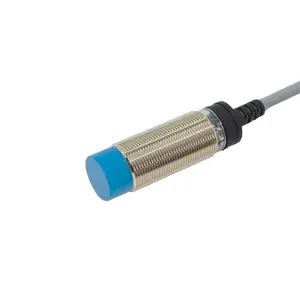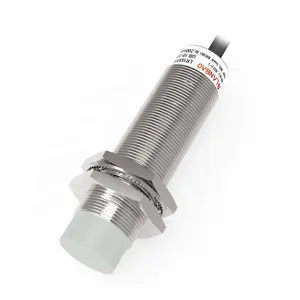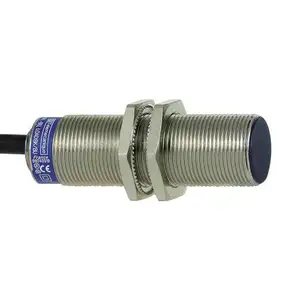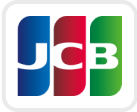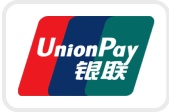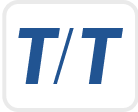Inductive Proximity Sensor Producer




 Top sponsor listing
Top sponsor listing








 1/3
1/3










 1/37
1/37







 1/46
1/46

 CN
CN




 1/12
1/12







 1/39
1/39




 1/3
1/3





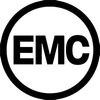






 1/1
1/1



 1/3
1/3




 1/3
1/3



 1/3
1/3


 0
0



 1/3
1/3




 1/3
1/3


 0
0


 1/3
1/3
About inductive proximity sensor producer
Where to Find Inductive Proximity Sensor Producers?
China remains a dominant hub for inductive proximity sensor manufacturing, with key production clusters concentrated in Zhejiang, Guangdong, and Tianjin. These regions host vertically integrated facilities specializing in industrial automation components, offering scalable production from standard models to fully customized configurations. Suppliers leverage localized supply chains for core materials such as brass, stainless steel, and PBT plastics, reducing material lead times by 20–30% compared to offshore alternatives.
The ecosystem supports rapid prototyping and high-volume output, with many manufacturers operating automated assembly lines capable of producing over 50,000 units monthly. Integration with electronic component suppliers enables efficient sourcing of coils, oscillation circuits, and ICs, ensuring consistent performance across batches. Buyers benefit from short development cycles—typically 7–14 days for custom designs—and access to mature logistics networks that support global distribution within 15–25 days via air freight or consolidated shipping.
How to Choose Inductive Proximity Sensor Producers?
Effective supplier selection requires verification across technical, operational, and transactional dimensions:
Quality & Compliance Verification
Confirm adherence to international standards such as CE, RoHS, and ISO 9001. While not all suppliers list certifications explicitly, robust quality management systems are indicated by consistent product parameters (e.g., repeatability tolerance ≤±10%), IP67-rated waterproofing, and built-in protections against short circuits and overload. For industrial applications, validate electromagnetic compatibility (EMC) testing records and temperature resilience (typically -25°C to +70°C operating range).
Production & Customization Capability
Assess manufacturer capacity through the following indicators:
- In-house tooling and molding capabilities for housing and coil fabrication
- Support for NPN/PNP output types, flush/non-flush mounting, and M8–M30 diameter ranges
- Customization options including wire length (0.5m–5m), connector types, labeling, and logo printing
- Design flexibility for special sensing distances, voltage inputs (10–30V DC), and environmental sealing
Cross-reference customization claims with available product variants and technical drawings. Prioritize suppliers advertising response times under 4 hours and on-time delivery rates exceeding 99%, as these correlate with operational efficiency.
Transaction Reliability & Risk Mitigation
Evaluate supplier track record using verifiable metrics:
- On-time delivery performance (target ≥99%)
- Reorder rate below 35% indicates stable customer satisfaction without over-reliance on repeat clients
- Minimum order quantities (MOQs) ranging from 1 to 500 pieces, with lower thresholds enabling sampling and pilot runs
- Use of secure payment mechanisms and willingness to provide pre-shipment inspection access
What Are the Leading Inductive Proximity Sensor Producers?
| Company Name | Type | Main Products | Online Revenue | On-Time Delivery | Avg. Response | Reorder Rate | Customization Options |
|---|---|---|---|---|---|---|---|
| Yueqing Bxuan Electrical Co., Ltd. | Custom Manufacturer | Proximity Sensors, Optical Sensors, Ultrasonic Sensors | US $70,000+ | 100% | ≤4h | <15% | Yes (output type, size, material, logo, packaging) |
| Zhejiang Aotoro Electronic Technology Co., Ltd. | Multispecialty Supplier | Inductive Proximity Sensors, IR Sensors | US $240,000+ | 99% | ≤2h | 26% | Yes (color, size, logo, packaging) |
| Tianjin Geneuo Technology Co., Ltd. | Custom Manufacturer | M12/M18 Inductive Sensors, Industrial Switches | US $10,000+ | 100% | ≤1h | 33% | Yes (drawings, labels, color, material) |
| Biduk Electronic Co., Ltd. | — | Square/Flat Type Sensors, Capacitive Sensors | US $1,000+ | 100% | ≤8h | <15% | Limited public data |
| Guangdong Motee Intelligent Control Co., Ltd. | Custom Manufacturer | M8/M12 Metal Sensing Switches | US $300+ | Not specified | ≤1h | <15% | Implied via low MOQs and model variety |
Performance Analysis
Zhejiang Aotoro leads in transaction volume and responsiveness, combining sub-2-hour replies with a strong reorder rate, suggesting reliable service delivery. Yueqing Bxuan and Tianjin Geneuo achieve perfect on-time delivery records, with the latter offering rapid communication and design-based customization—ideal for OEM integration. Biduk Electronic focuses on niche rectangular and square-form sensors, catering to space-constrained applications. Guangdong Motee operates at very low MOQs (as low as 1–2 pieces), making it suitable for testing and small-scale deployments despite limited revenue visibility.
FAQs
What is the typical minimum order quantity for inductive proximity sensors?
MOQs vary significantly: some suppliers require 100–500 units per model, while others offer single-piece sampling. Manufacturers with flexible tooling often support trial orders of 10–50 units at slightly higher unit costs.
How long does it take to receive samples?
Standard sample lead time ranges from 5 to 10 days. Customized versions with specific dimensions, output types, or branding may require 10–15 days depending on design complexity and approval cycles.
Can producers supply CE and RoHS-compliant sensors?
Most established manufacturers design their sensors to meet CE and RoHS requirements by default, particularly for export markets. Request compliance documentation and batch-specific test reports to confirm conformity.
Do suppliers offer private labeling and packaging customization?
Yes, multiple producers listed provide logo printing, custom labels, and branded packaging. This service is commonly available for orders exceeding 500 units, though some accommodate smaller runs at additional cost.
What are common sensing ranges and housing materials?
Standard sensing distances range from 1mm (M8) to 15mm (M30). Common materials include nickel-plated brass for general use and stainless steel for corrosive environments. Flush-mounted sensors typically feature recessed faces for mechanical protection.






